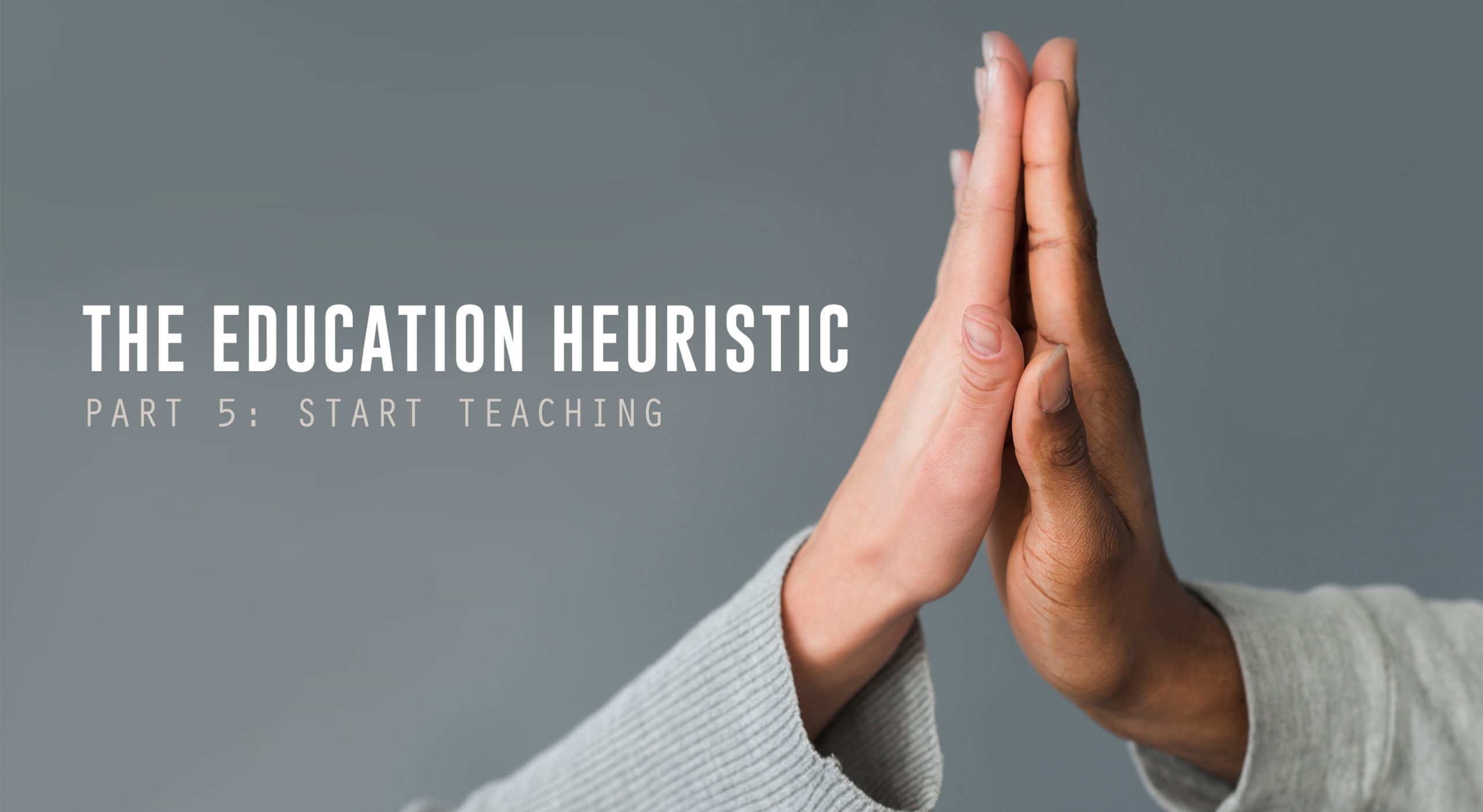

EDUCATION HEURISTIC is a methodology or approach that educators at Berleaf Education adopts to help students realise their potential and achieve academic excellence. The full methodology is set out in a five part series.
CHAPTERS
Part 1: Knowing Oneself
Part 2: Perspective & Attitude
Part 3: Learning vs Studying
Part 4: Going Beyond
Part 5: Start Teaching
“In learning you will teach, and in teaching you will learn. A student who becomes a teacher knows how to learn even better.”
Learning-by-Teaching was found to be an effective method for learning as it compels the teacher to retrieve what they have studied previously (a.k.a retrieval practice hypothesis or protege effect) and teach it in their own words. It might sound a little far-fetched for a student to assume the role of a teacher, but studies have shown that peer teaching can help students do better in school.
The experience of teaching can lead to the following benefits:
- Increase in metacognitive processing which makes one more aware of their learning processes.
- Increase in usage of effective learning strategies such as organising of materials and identifying key pieces of information
- Greater motivation to learn as the teacher will want to equip themselves with as much knowledge as they can to benefit the learners
- Increase in self confidence and feelings of competence and autonomy when roles are switched from a student to a teacher
- Deeper and longer retention of information without having to spend long hours studying. It was also found that teaching without notes can lead to a greater retention of knowledge than those who teach with notes.
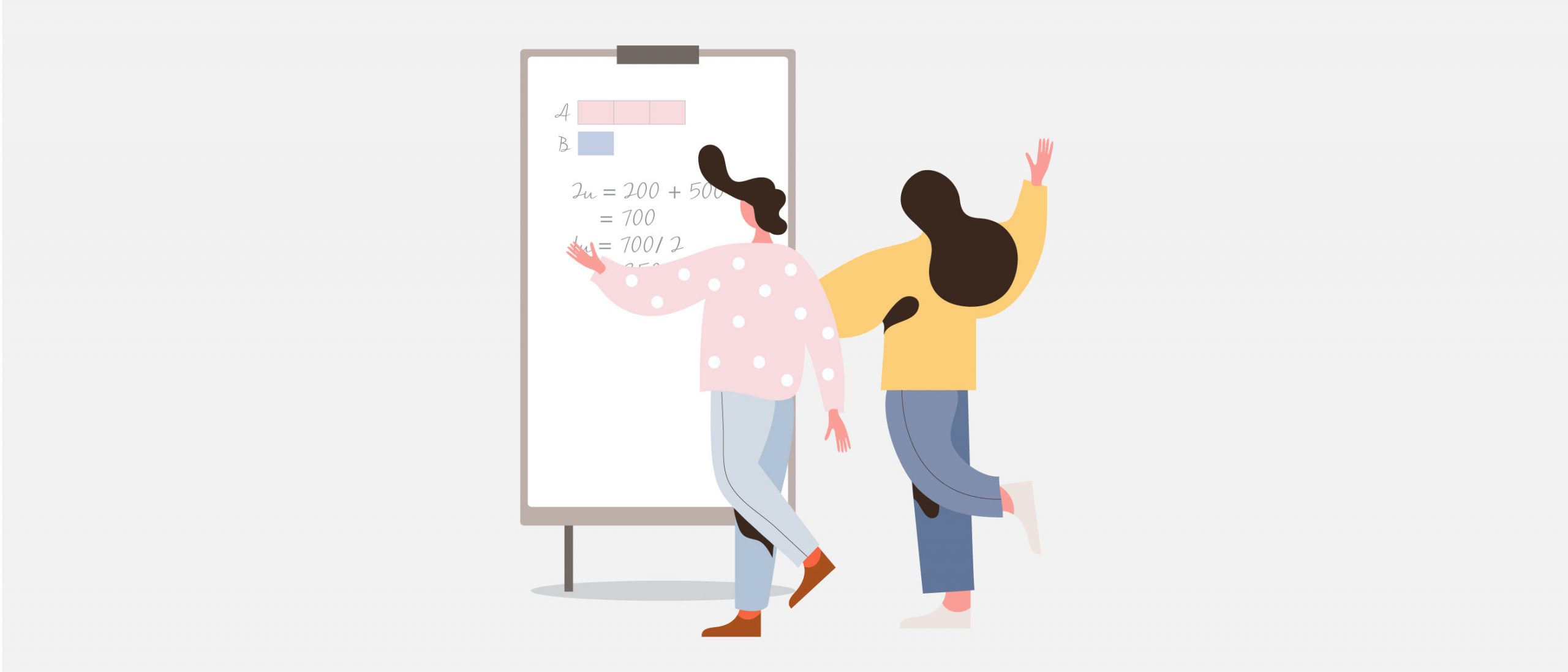
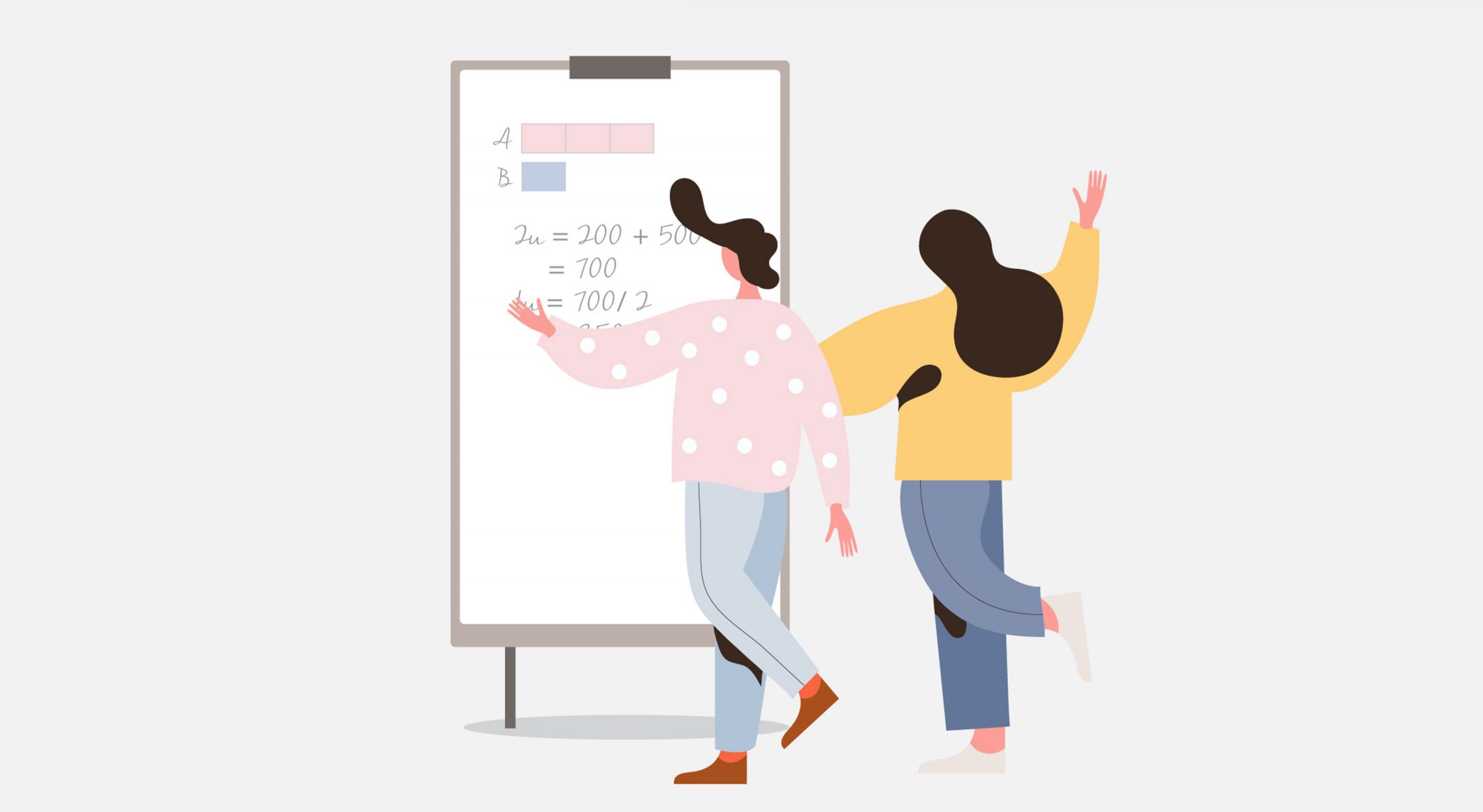
See positive impacts on your learning when you start to teach.
No doubt, teaching does bring about many benefits. However, to some, it might seem quite intimidating at the start. It could be due to shyness, feelings of incompetency or stress from the responsibility and the list goes on.
Let us help you with that! Here are some steps you can take:
Understand what your student needs
It is important to understand what your student needs to excel in his/her studies by identifying their SWOT: Strengths, Weakness, Opportunities and Threats (covered in Chapter 1: Knowing oneself). It can be achieved by conducting a diagnostic session with relevant questions or having a simple conversation on their day-to-day studying habits. It would also be ideal to identify the type of learner he/she is, to help you decide on your teaching style [See “Types of Learner & Teaching Style” (Coming Soon)].


A good starting point is to identify your students’ study needs.
Refine your Perspective and Mindset
Keep an open mind to try something new despite the possibility of facing criticism or failure (covered in Chapter 2: Perspective & Attitude). Being a teacher may seem like a “crazy” idea, but in fact, it is not.
Think about the time you gave your friend advice and tips on winning a certain game. You were able to convey your message in a calm and composed manner with well-thought-out plans and tactics. There you go, you have already been teaching. Gather the courage to switch roles and you will realise that it gets better with time and practice.


It’s all in your mind. You have been a teacher for more than you knew it. It is just a matter of perspective. So, get going!
Stay Organised & Make Plans
Take reference from teaching syllabus provided by the relevant authorities (i.e. MOE’s School Syllabus) to have a clearer idea of what is required. Thereafter, proceed to create a mind map to help link up relevant concepts (covered in Chapter 4: Going Beyond). Lastly, use this mind map as a guide to plan your lesson flow.
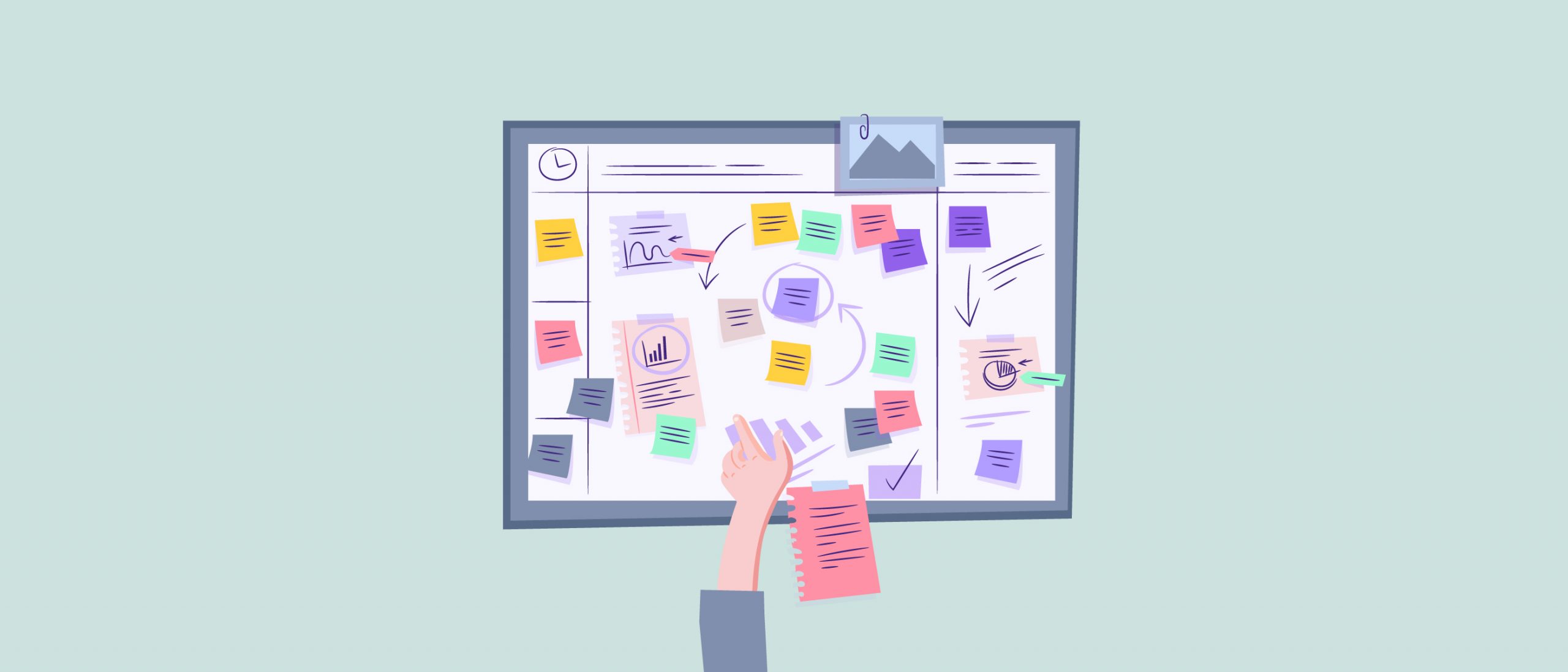
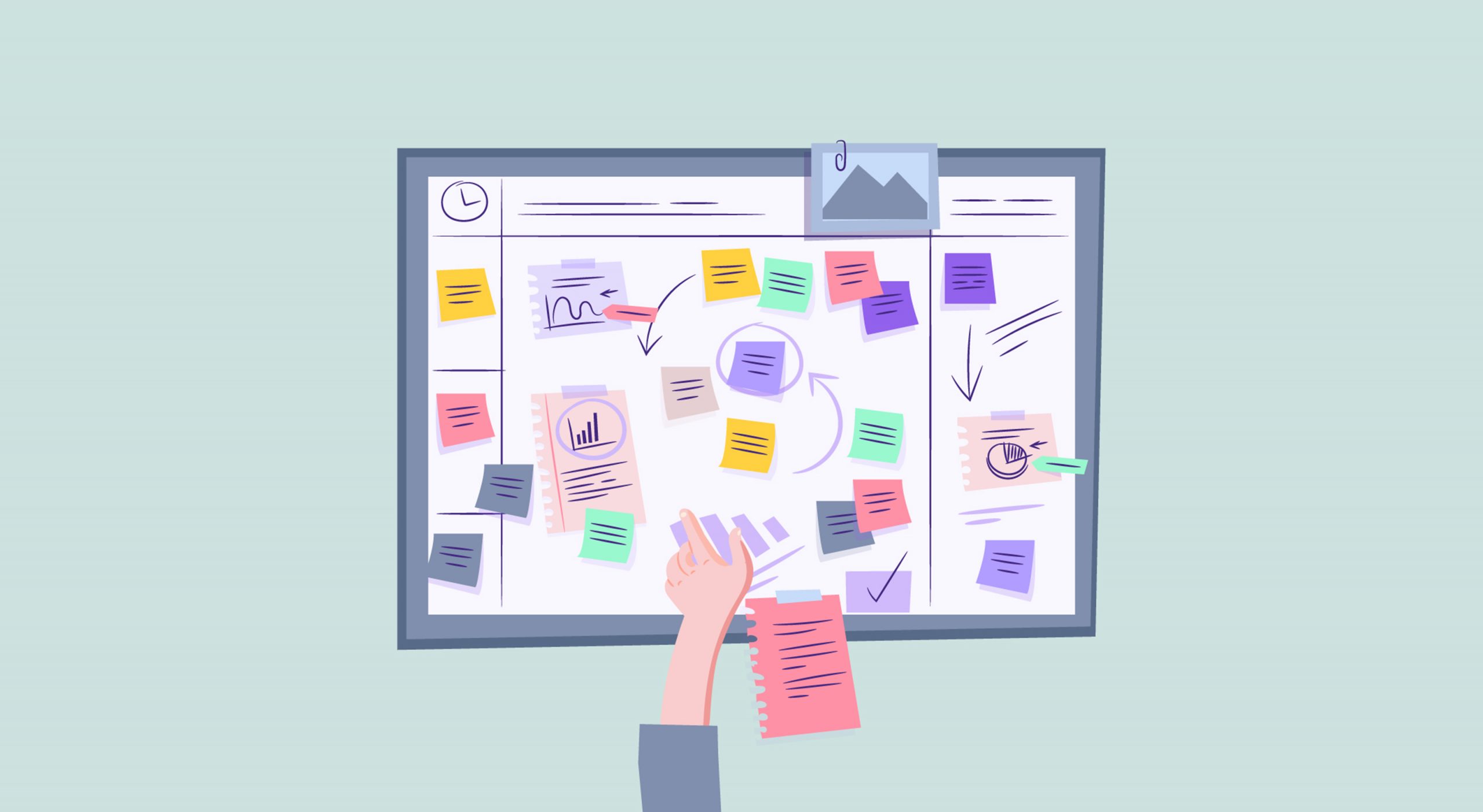
Gain confidence from being well organised and well planned for your lessons.
Start Small
One does not need to teach astrophysics to be a teacher. If you are new to teaching, start off with something that you are good at. It could be a sport, a video game or how to operate a device…literally ANYTHING. Starting small will give you the confidence to teach at a comfortable pace. Thereafter, with more practice, you can progress to something more complicated. Applying it to one’s studies, you can start teaching the topics that you are more familiar with, and then do sufficient revision to progress to the more challenging topics. An approach to refine your teaching is to always revisit what you have taught and examine it at various levels (covered in Chapter 4 under “Micro-Mezzo-Macro”). In time, you may not only refine your teaching skills but also help boost your level of knowledge.


Start small and take steps in teaching.
Seek Feedback
In your teaching journey, there will definitely be hiccups along the way. Do not get discouraged and keep it going as the common saying goes, “Practice makes perfect”. To speed up the process, seek feedback from your students. You can also provide quizzes to check on your students’ understanding. Their results will be a good reflection of your performance in conveying the materials.


Learn fast by seeking feedback and stay positive when you get them. It helps you identify what you needs to work on.
Final Words
Some of you might have noticed, the 5 points above are the Education Heuristics that we have covered in the earlier chapters. At Berleaf Education, we seek to make learning easier, more efficient and effective for everyone out there.
So now, gear up and get out there to start your learning and teaching journey!
We wish you all the best!

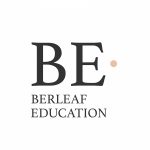
Leave a Comment
Your email address will not be published. Required fields are marked *